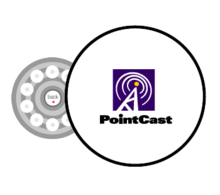June 2, 1988: IBM PS/2 Model 70
Subscribe! Spotify | RSS | More
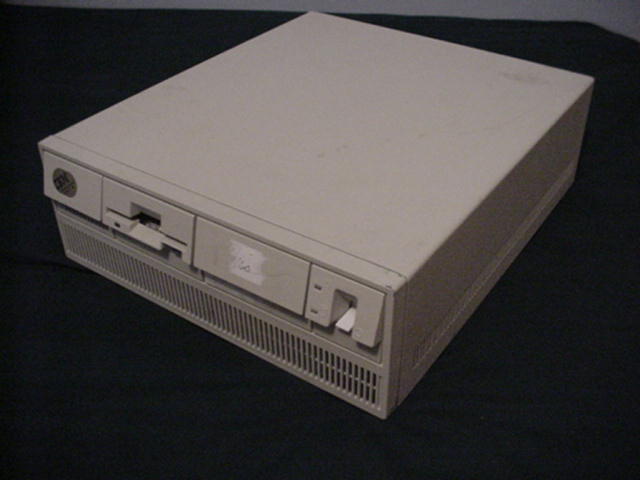
1988 – While not the first version of the PS/2, the Model 70 was introduced with the 80386 processor. 16, 20, and 25 MHz clock speeds. The Model 70 also used a 25 MHz Intel 486 processor in a complex called the Power Platform.
If you wanted to upgrade to the 80486, you would have to replace the PS/2’s BIOS chip along with the processor board.
The model 70-A21 sold for $11,295 and included 2 MB of RAM, 120 MB ESDI hard drive, MS-DOS and OS/2. If you wanted a monitor for it, you would have to put down an additional $595 for the 8512 VGA.
Model 70 was a desktop case and Model 80 was a tower. IBM also introduced the PS/2 Model 25 LS and PS/2 Model 50 Z.

Subscribe to Day In Tech History:
RSS Feed - iTunes - Android - Spotify - iHeartRadio
Facebook -
- RSS Bandwidth by Cachefly Get a 14 Day Trial
- Join me on Patreon and support Day in Tech History
- IBM PS/2 Model 70
- The CIH Computer Virus surfaces
- Safari Carpet Bomb attack
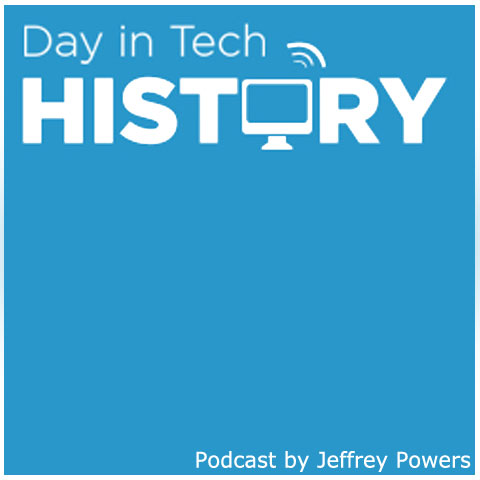
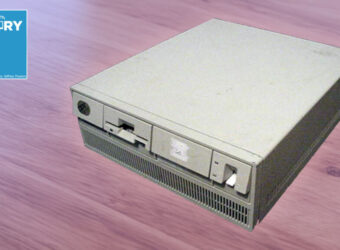

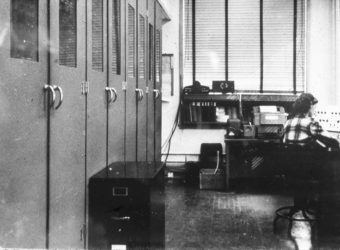
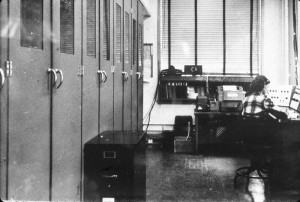
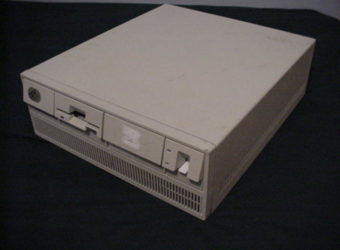
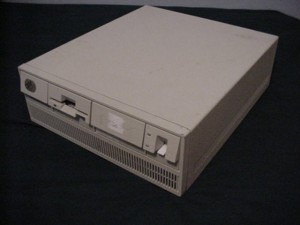
![Pointcast[2] Pointcast[2]](https://dayintechhistory.com/wp-content/uploads/2012/06/Pointcast2-340x250.png)
